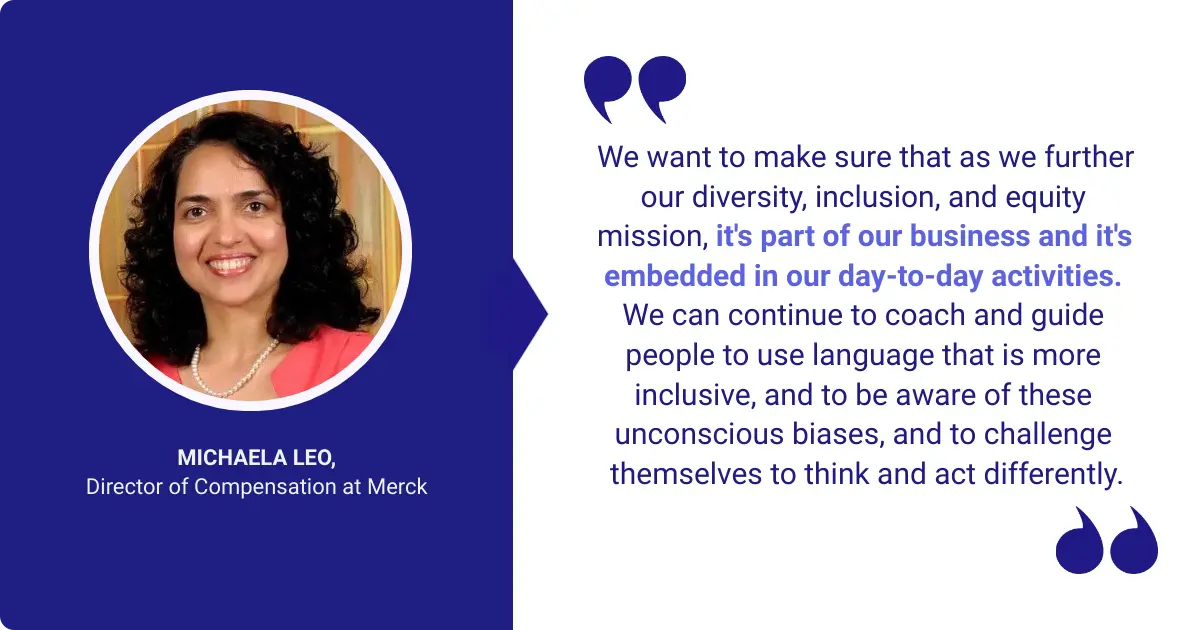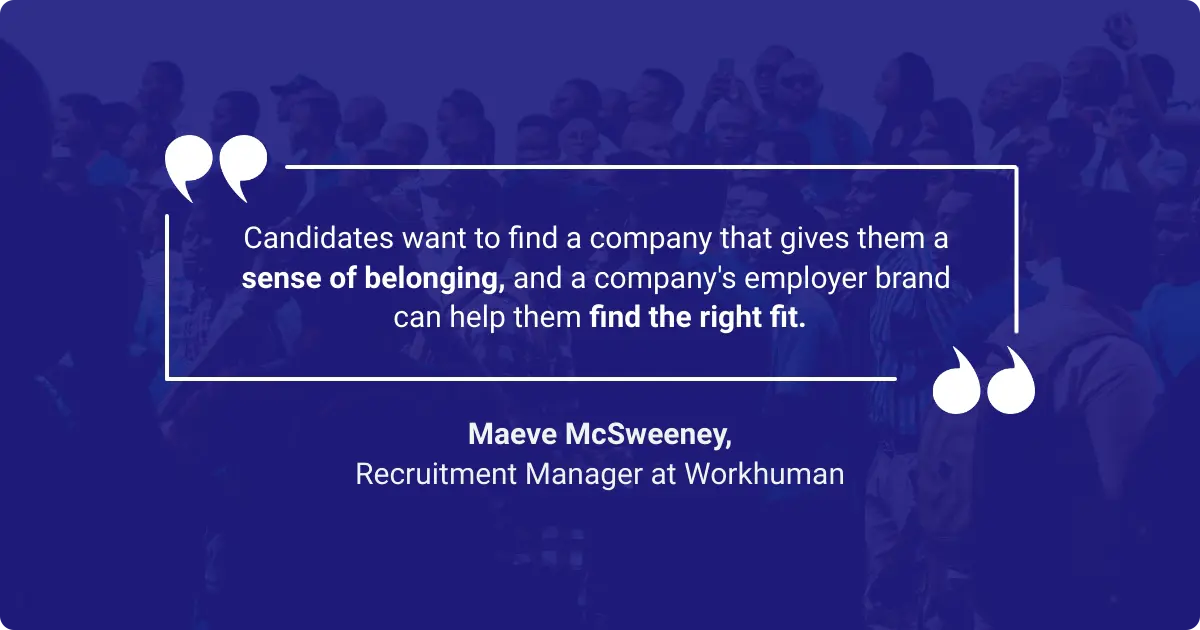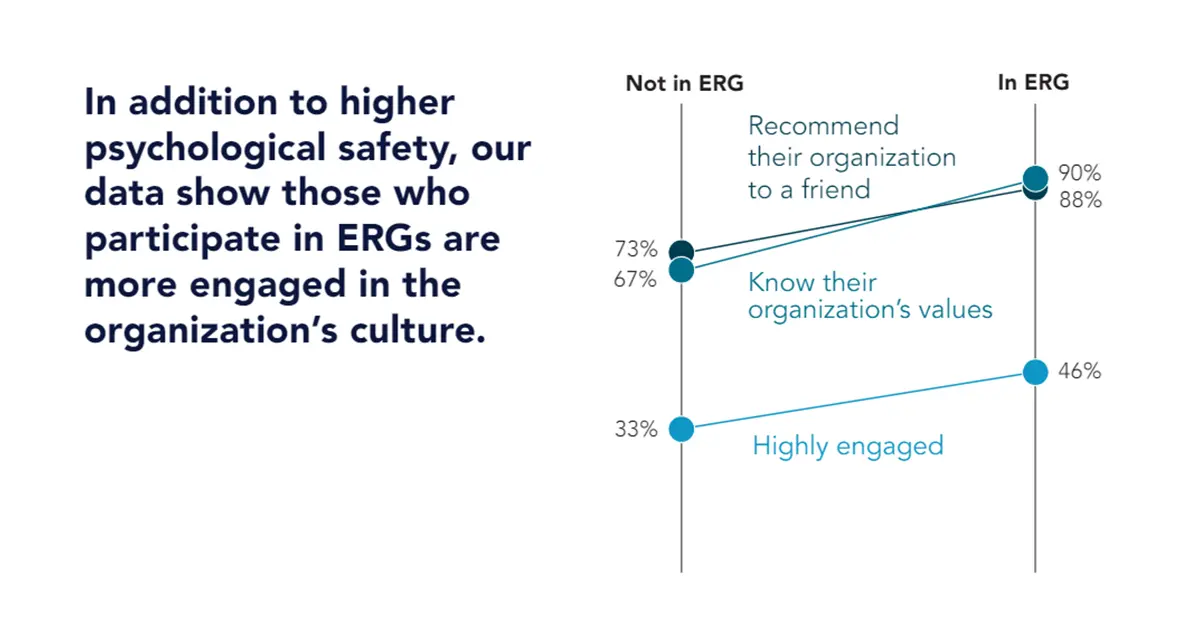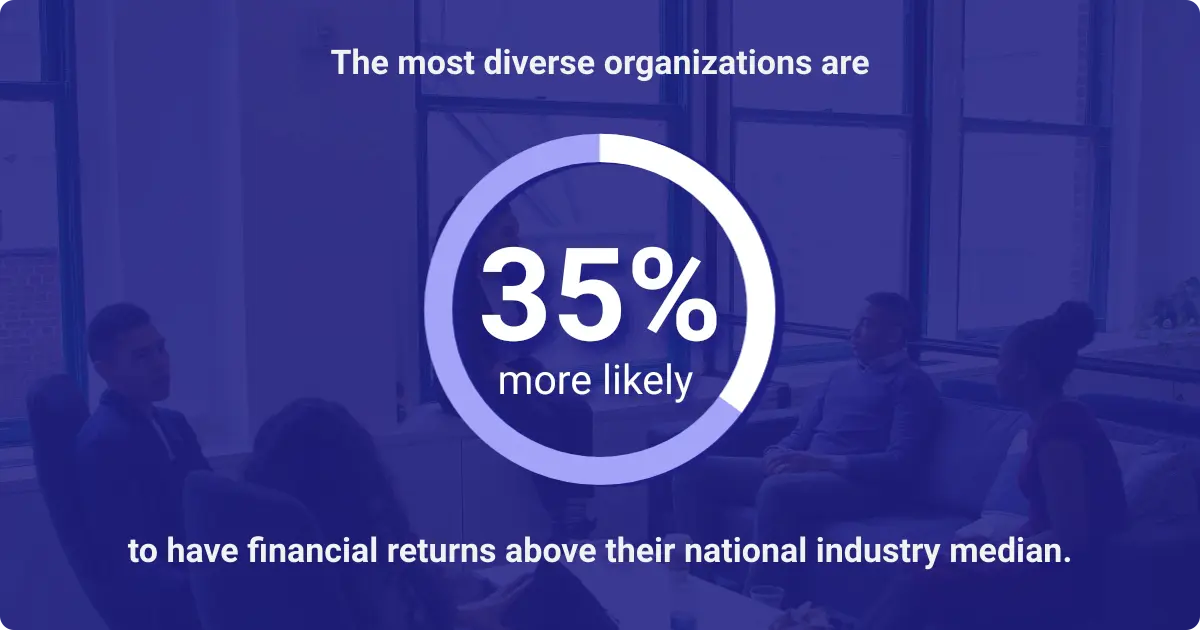How to Promote Diversity and Inclusion in the Workplace
In today's globalized world, fostering a diverse, equitable, and inclusive workplace is no longer a suggestion but a necessity. Companies that embrace these values are better positioned to attract top talent, drive innovation, and achieve sustainable business success.
Today, we’ll discuss how to promote diversity and inclusion in the workplace. Keep reading to learn practical strategies and actionable steps to cultivate a work environment where employees feel valued, respected, and empowered to reach their full potential.
What are the benefits of improving diversity and inclusion in the workplace?

Fostering a diverse, inclusive company culture isn't just about creating a fair environment; it's about creating a happy and safe, especially in the era of remote work and diversity, where employees are proud and motivated to be a part of the organization. What’s more, research shows that promoting diversity, inclusion, as well as equity (DEI) in the workplace helps business performance.
Download the report to learn how you can build a culture that celebrates collective differences and a workplace where people of all backgrounds can thrive.
Organizations that prioritize promoting diversity and inclusion will benefit from:
- Enhanced innovation and creativity: Diverse teams bring together a wider range of perspectives, experiences, and knowledge. This fosters a more creative problem-solving environment, leading to innovative ideas and improved decision-making.
- Stronger talent and increased retention: A commitment to an inclusive and diverse workforce attracts top talent from a wider pool and fosters a sense of belonging, leading to increased employee engagement and loyalty. This reduces recruiting and onboarding costs associated with high turnover.
- Improved employer brand: Consumers today are increasingly conscious of a company's social responsibility. By demonstrating a commitment to D&I, companies build a positive brand reputation, attracting both customers and talent who value diversity and inclusion.
- Enhanced business performance: Multiple McKinsey studies on workplace diversityOpens in a new tab have shown a positive correlation between diversity, equity, and inclusion initiatives and a company's financial performance. Diverse companies are better equipped to understand and cater to the needs of a diverse marketplace, leading to increased profitability.

15 ways to promote diversity and inclusion in the workplace
1. Hire – and promote – diverse talent
To attract and retain diverse talent, you'll need to revamp your recruiting practices. Start by scrutinizing job descriptions and qualifications. Update them to remove any biased language that might unintentionally deter qualified candidates from different backgrounds.
Next, ensure your interview panels are diverse as well. Include individuals with a range of backgrounds and experiences to create a more inclusive interview process. Unconscious bias training is crucial for hiring managers and recruiters. Equipping them with the tools to identify and mitigate their own biases will lead to fairer hiring decisions.
Actively seek to build a multilingual and multigenerational workforce. This fosters a richer exchange of ideas, perspectives, and experiences, ultimately benefiting your entire team and company.
2. Educate employees with diversity and inclusion training
Some organizations don’t know where to start with improving diversity, but 75% of them know it’s a top priority. Shockingly, though, only 4% of organizations say their diversity initiatives succeed, according to PwC’s Global Diversity & Inclusion SurveyOpens in a new tab. This gap highlights the need for a well-structured, ongoing approach.
It’s essential for the employee experience that company leaders create a training program tailored to their organization’s diversity efforts – after all, there is no one-size-fits-all. Effective programs require leadership commitment to prioritize and hold themselves accountable for regular diversity and inclusion training.
This commitment should include regularly assessing the program's effectiveness through surveys and focus groups to gather feedback from employees. By actively incorporating employee feedback and implementing training regularly, organizations can ensure their programs stay relevant and impactful.
Training programs should educate your organization on areas like unconscious bias and discrimination, cultural diversity, gender diversity, and how to effectively support employee resource groups (ERGs) or inclusion programs.
3. Ensure equitable pay
An extension of diversity is equity, or the practice of ensuring all people within an organization have equal opportunities. When it comes to pay equity, companies can demonstrate their commitment to fairness by conducting regular pay audits. These comprehensive analyses assess employee compensation across all demographics, identifying any potential pay gaps based on factors like gender, race, or ethnicity.
Once identified, companies must take decisive action to close these gaps. This can involve salary adjustments, revised pay structures, and clear communication about how pay decisions are made. By ensuring equal pay for equal work, companies demonstrate their commitment to valuing all employees and creating a culture of fairness that benefits everyone.
4. Utilize your people analytics
It's easy to set general goals to promote diversity and an inclusive workforce, but you'll need actual numbers to measure just how well you're doing. One way to track is to look at decision making in hiring practices and human resources, and how that relates to your diversity goals.
For example, if you increase the number of women you hire, that alone doesn’t put you in the ranks of gender-diverse companies if a good portion of them leave the job soon after. That's not really creating a diverse workplace. Nor is hiring a higher ratio of women in certain areas of the business while filling executive-level positions with men, which is why tracking employee turnover and tenure is so important.
For organizations with recognition programs, you should also consider how awards get distributed and how you're quantifying recognition for employees, too. In order to achieve high levels of employee engagement and a thriving business, employees must be treated fairly in every facet of your company culture, recognition and rewards included.
5. Give your employees a voice
Regularly collecting feedback through surveys or focus groups allows you to understand what initiatives resonate best with your employees' specific needs and experiences. This data-driven approach ensures your efforts address actual concerns and fosters a sense of ownership among employees.
Complementing these surveys with employee listening sessions like town halls, feedback sessions, and workshops creates a safe space for open conversations about DE&I. By actively listening to your employees' voices and concerns, companies can tailor their DEI initiatives for maximum impact.
6. Build strong employee resource groups
There’s no limit to how many employee resource groups (ERGs) a company should offer. They create a dedicated space for a diverse range of employees with shared characteristics or life experiences to come together in a safe space and bond.
For example, you may decide to create an ERG to assist employees who are new parents, LGBTQ+ workers, or professionals of color in sales and marketing.

Drew Lewis, VP of global diversity & talent at ADP, sees ERGs as an impactful way to bolster recruitment, employee experience, and employer brand and have a key role in working with minority groups. Gauge interest in what kind of groups your employees prefer and promote these groups through frequent communication to encourage employee engagement and equitable company culture.
7. Offer flexible work policies
By offering options like remote work, flexible hours, and generous parental leave, companies can empower employees with caregiving responsibilities and encourage a healthy work-life balance. This fosters a more inclusive environment where everyone can contribute their best work without undue limitations.
Research has found that 93% of job candidates say that flexibility is a key factor in deciding their next career move. Offering flexible policies not only demonstrates respect for employees' personal lives but also helps you tap into a wider talent pool, leading to a more diverse and engaged workforce.
Discover how Workhuman® can help you foster a more inclusive and productive environment with recognition – no matter your working arrangement. Download our free report today!
8. Establish anti-discriminatory policies
A cornerstone of DEI is implementing a strong foundation of anti-discriminatory policies. These policies should clearly outline prohibited behaviors and promote a respectful work environment for all employees.
To ensure effectiveness, companies should conduct regular anti-discrimination training programs. These sessions can educate employees on recognizing and reporting bias, creating a culture of understanding.
Establishing a fair and accessible complaint process empowers employees to voice concerns without fear of retaliation. A combination of clear policies, ongoing training, and a robust complaint system fosters a workplace where everyone feels valued and has the opportunity to thrive.
9. Acknowledge implicit bias
A workplace that has strong DEI values acknowledges and educates employees on implicit bias in the workplace and the unconscious associations we hold about certain groups of people. These biases can influence our decisions and behaviors, even if we don't intend them to.
To combat this, companies can provide awareness programs to educate employees about implicit bias and its impact. Additionally, implementing diversity training programs that address implicit bias can equip employees with tools to recognize and mitigate its effects in their daily interactions.
Fostering open discussions about implicit bias creates a safe space for employees to learn from each other and challenge their own biases. By taking these steps, organizations can create a more inclusive and equitable workplace for all.
10. Align your mentorship programs with diversity and inclusion goals
Aligning your mentorship programs with your diversity and inclusion goals can be a powerful tool for fostering a more inclusive workplace. To get started, create mentorship opportunities that specifically benefit underrepresented groups.
In practice, this looks like offering targeted programs for employees from underrepresented backgrounds, connecting them with mentors who can provide guidance and support specific to their experiences. Move beyond traditional pairings by creating diverse mentor-mentee matches that transcend departments or seniority levels. Doing so fosters cross-cultural understanding and exposes mentees to a wider range of perspectives.
Encourage broad participation by promoting the program across all demographics and highlighting the value of mentorship for everyone, regardless of background. By implementing these strategies, your mentorship program can become a key driver of diversity and inclusion within your organization.
11. Foster an inclusive workplace culture
Building an inclusive workplace culture is the cornerstone of a successful DEI strategy. This means fostering a space where transparent communication is key. Employees should feel comfortable voicing their ideas and concerns, knowing they'll be heard.
It's equally important to cultivate a sense of belonging where everyone feels valued and respected for their unique contributions. This can be achieved by providing equal opportunities for advancement and participation, ensuring everyone has a fair shot at success.
Discover how social support drives inclusion. Read our white paper, The Case for Belonging, for key insights and actionable steps.
Celebrating cultural events and diverse backgrounds further strengthens this sense of belonging and helps employees feel connected to one another.

12. Use inclusive, bias-free language
The language we use day-to-day has a considerable impact on how people feel and are perceived in the workplace. It can make or break if a person feels welcome or included in their workplace.
Using inclusive language demonstrates respect for all employees and avoids perpetuating stereotypes. This involves using gender-neutral terms for roles ( "firefighter" instead of "fireman"), person-first language when referring to disabilities ("person with a disability" instead of "disabled person"), and respecting every individual’s pronouns.
There's no room for bias in the workplace. Luckily, Inclusion Advisor helps to identify and mitigate ableist language, shifting the culture of your organization one recognition message at a time.
13. Partner with diverse vendors
Diversifying your supplier network isn't just about sourcing materials. Partnering with diverse vendors, like those owned by underrepresented groups, women, or LGBTQ+ individuals, injects fresh perspectives into your business.
This creates a more inclusive environment for your employees and sends a strong message of commitment to workplace diversity. Beyond the social good, these partnerships can also lead to innovative solutions and a more resilient supply chain.
14. Acknowledge intersectionality
Intersectionality acknowledges that people hold multiple identities, and their experiences are shaped by the overlap of these identities. For example, a Black woman may face different challenges than a white woman or a Black man.
By acknowledging and embracing intersectionality, companies can move beyond a one-size-fits-all approach to diversity and inclusion.
In action, this looks like creating targeted programs that address the specific needs of diverse employee groups, fostering mentorship opportunities that consider intersecting identities, diversifying leadership teams to reflect the employee base, and ensuring policies are inclusive for all backgrounds.
15. Set goals – and commit to growth and transparency
Data is your ally in achieving lasting diversity, equity, and inclusion progress. Setting clear, measurable goals (like increasing representation in leadership by X% or reducing the pay gap) provides a roadmap and benchmarks for success. Regularly tracking metrics related to hiring, promotions, and employee engagement allows you to identify areas for improvement and celebrate achievements.
Transparency is key – share progress reports with employees to foster accountability and demonstrate your commitment to creating a truly inclusive workplace. By prioritizing data-driven decision-making, companies can move beyond intentions and build a sustainable DEI strategy that delivers tangible results.
Conclusion
Promoting diversity and inclusion in the workplace is not a one-time effort; it's an ongoing process that requires commitment from leadership and active participation from all employees.
By slowly implementing these strategies, you can cultivate a workplace that values and celebrates differences, empowers all individuals to reach their full potential, and ultimately drives innovation and success.
About the author
Anna Chmura
Anna is a proposal writer at Workhuman. Outside of the workplace, she enjoys exercising, traveling, and spending time with her niece and nephews.